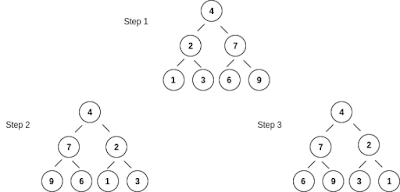Find Nth Node from End of the Singly linked list.

Given N size node in the Singly Linked list and you have to find the kth node's value from the end. Suppose, You have been provided the above Singly Linked List and the interviewer asks you to return 2nd last element from the linked list. Your response will be 7 and if the kth element is greater than the size of the Linked list then return -1. -1 will represent that the kth element is not present. This problem is repeatedly asked by many of the product based companies and the interviewer will grill you on it. He will add some constraint on the fly and asks you to solve it optimize way. Suppose, If we are going to solve this problem what would be the solution that comes into our mind. A Singly linked list holds the count of the node in the size variable, We will iterate from the head node to size - kth node and return the kth node's value. Once you give this solution to the interviewer, he/she will directly tell you that there is no size variable available in this custom Singl...
